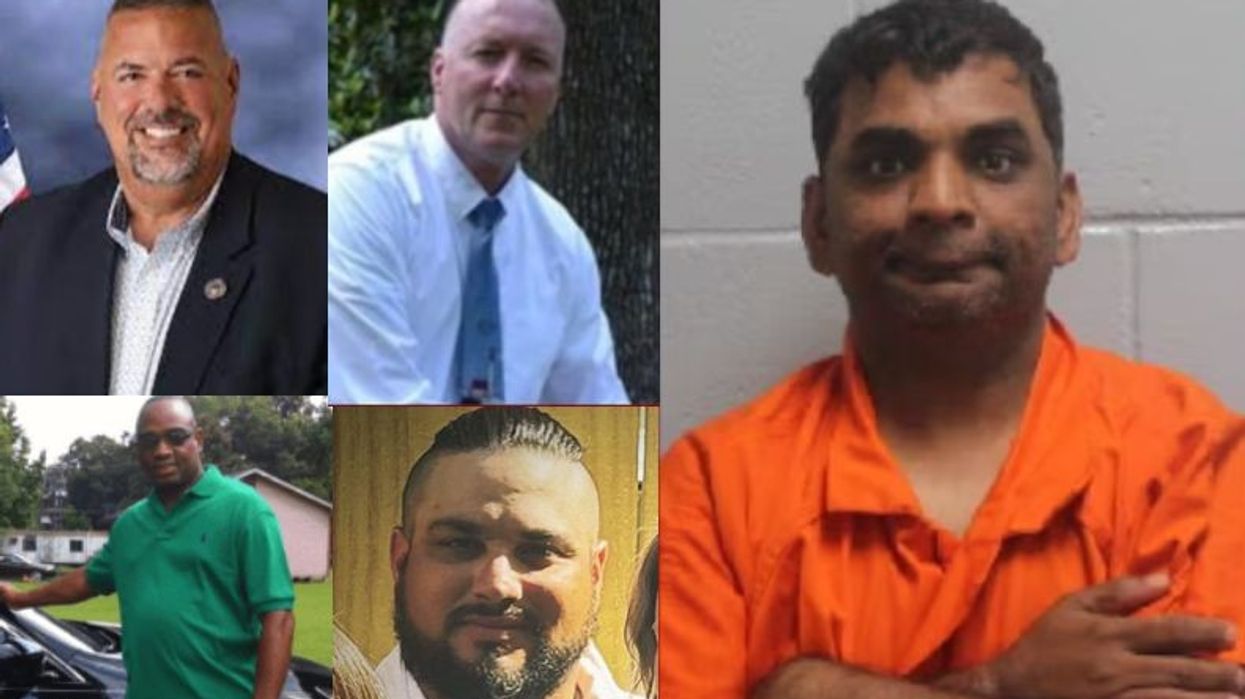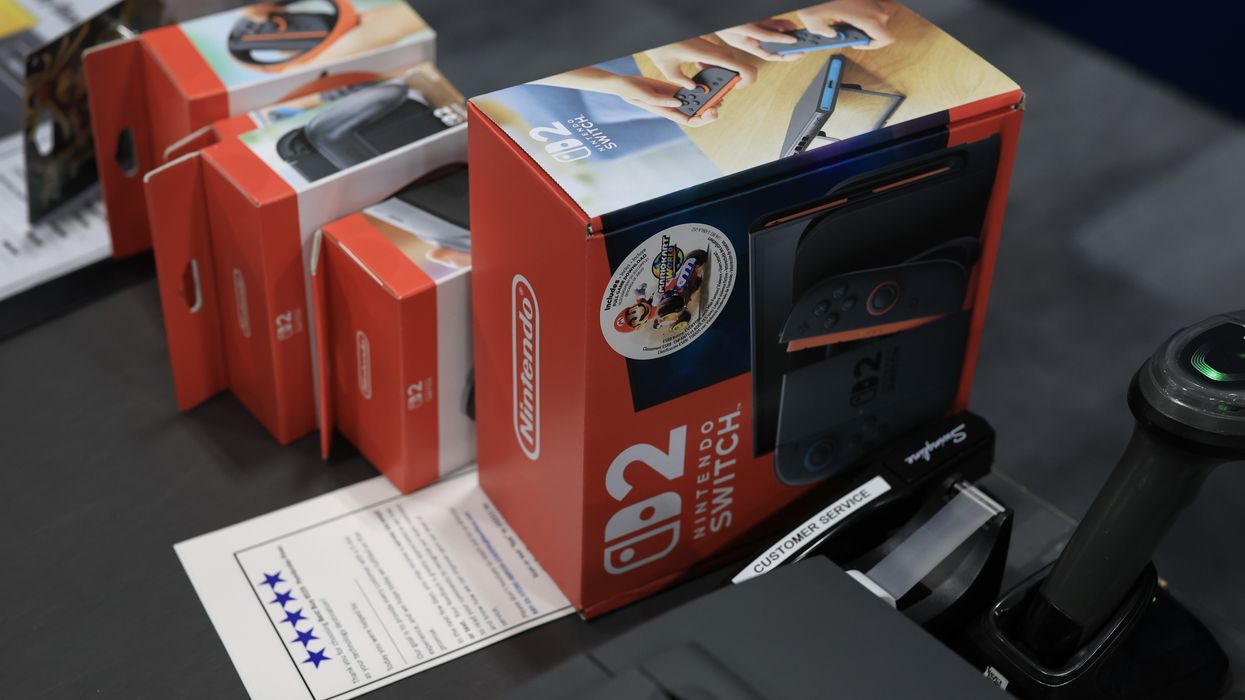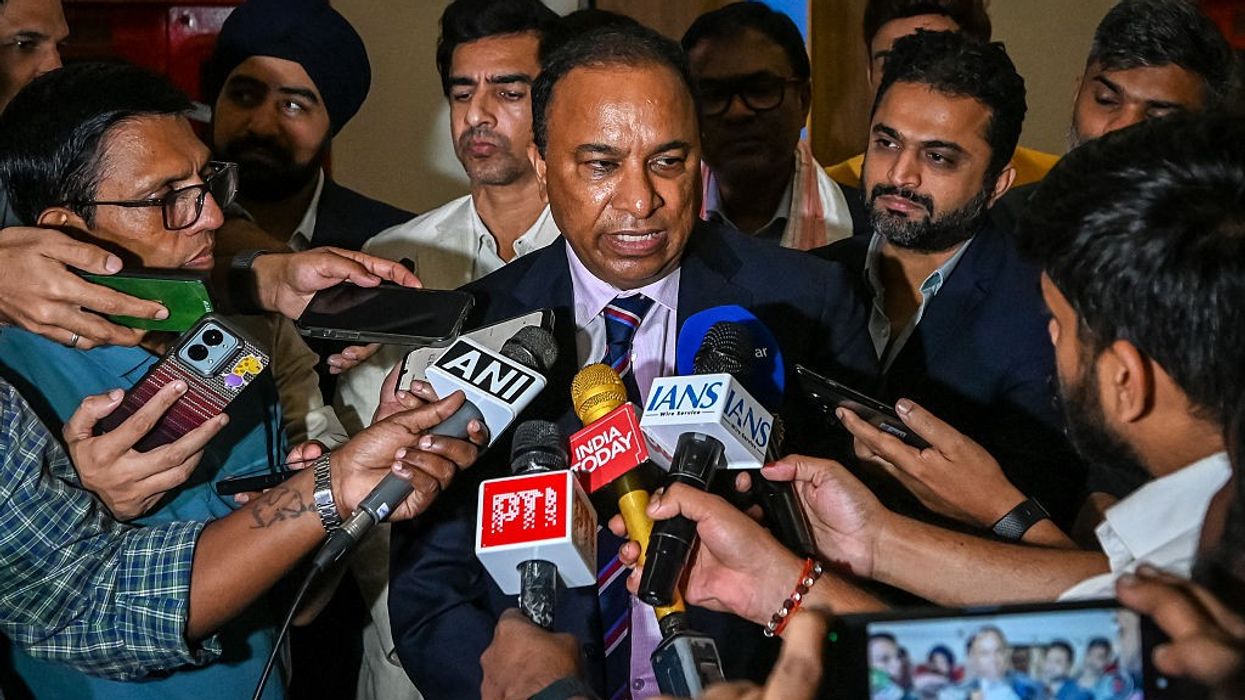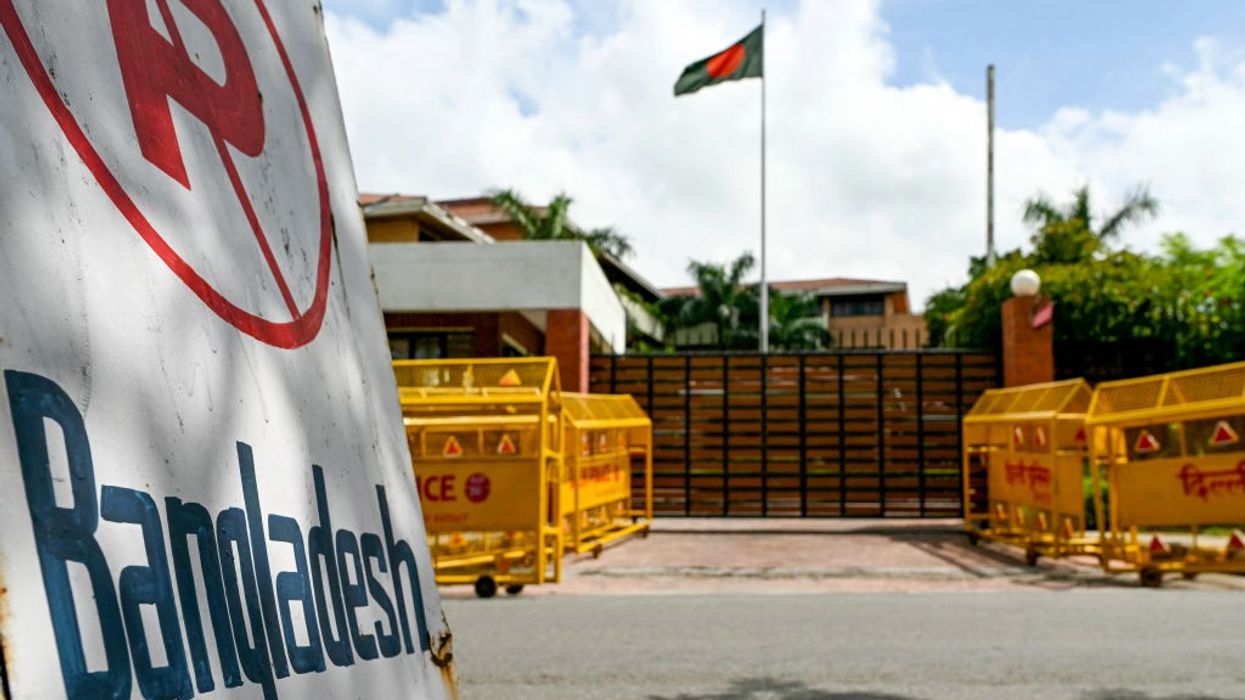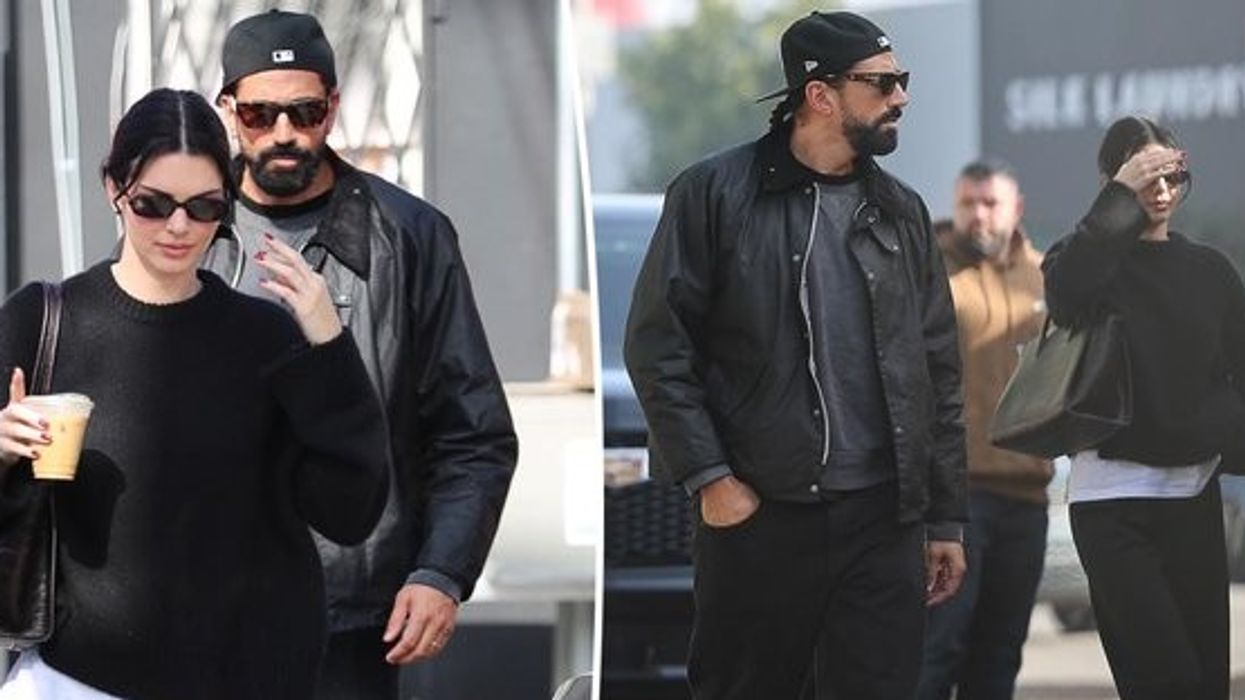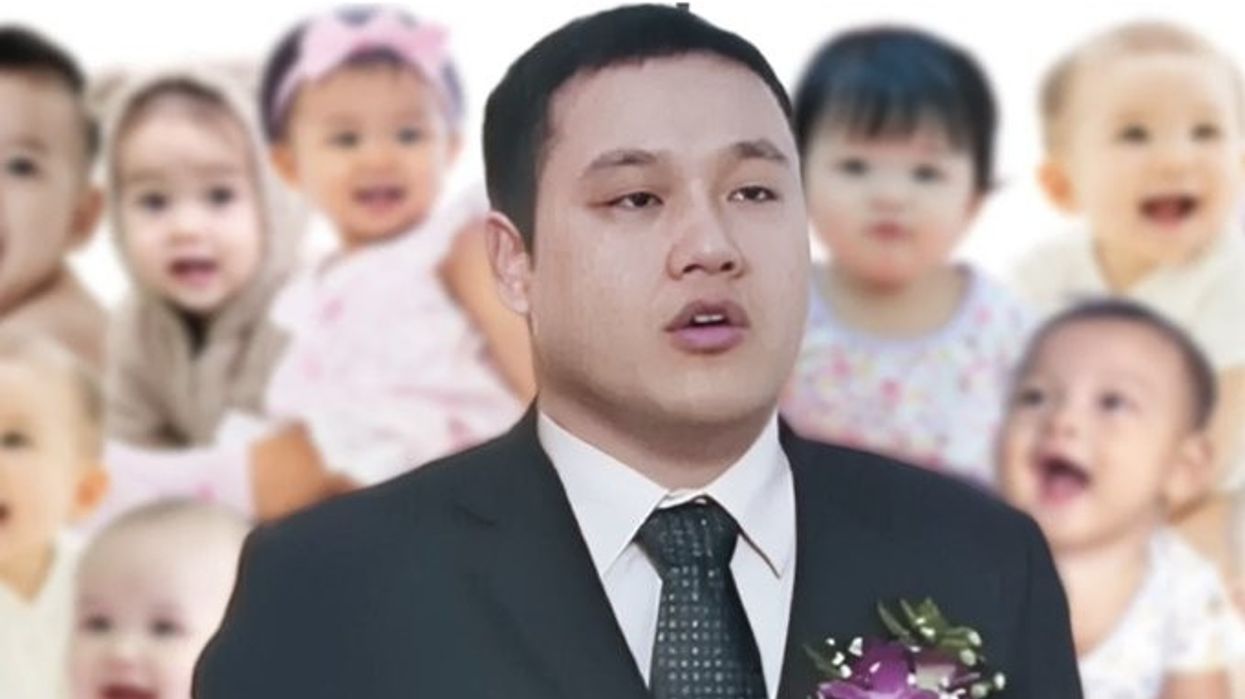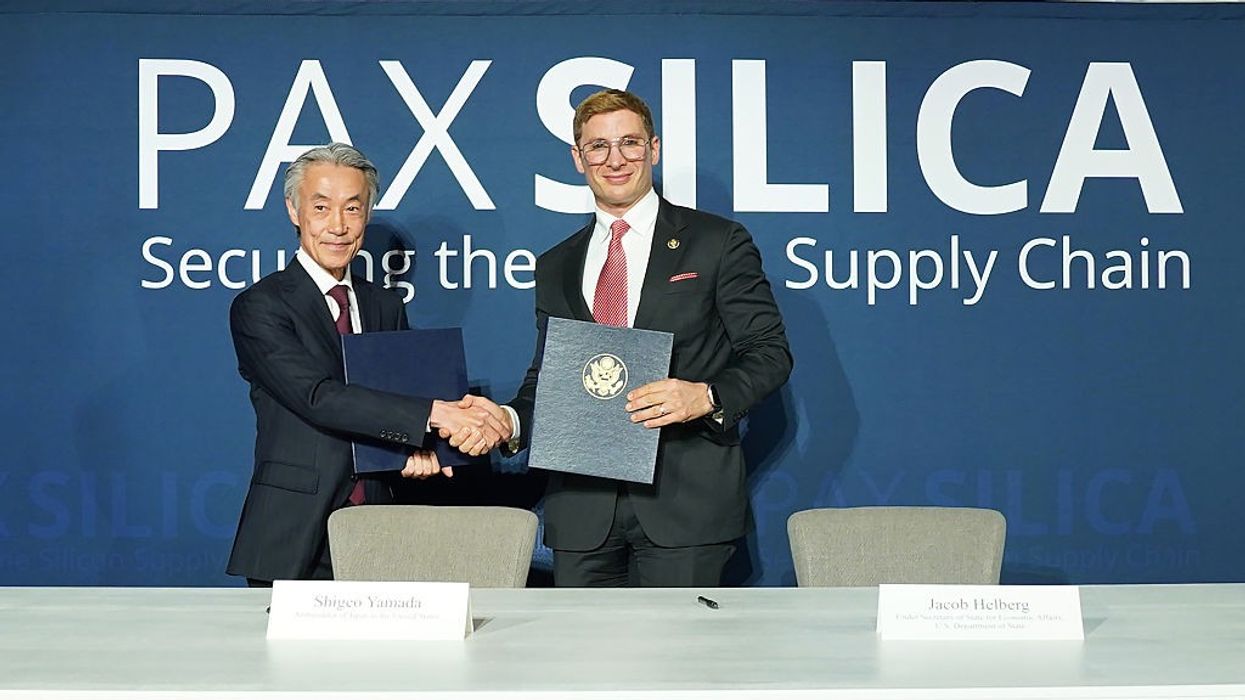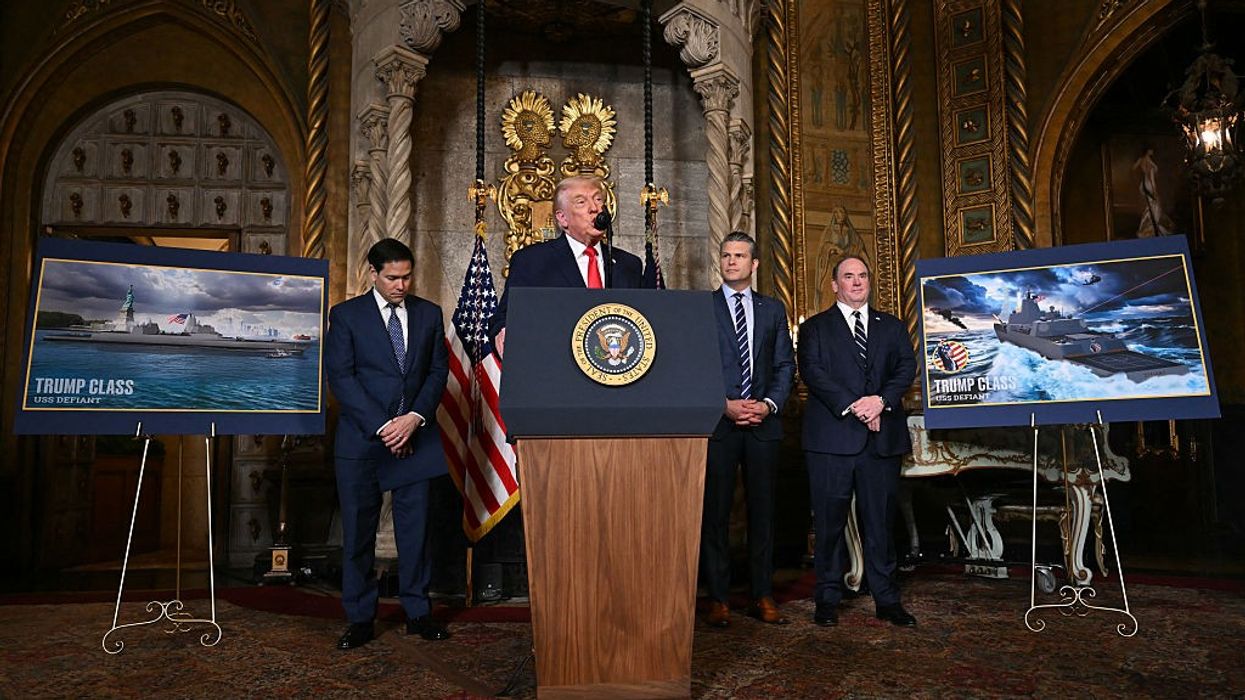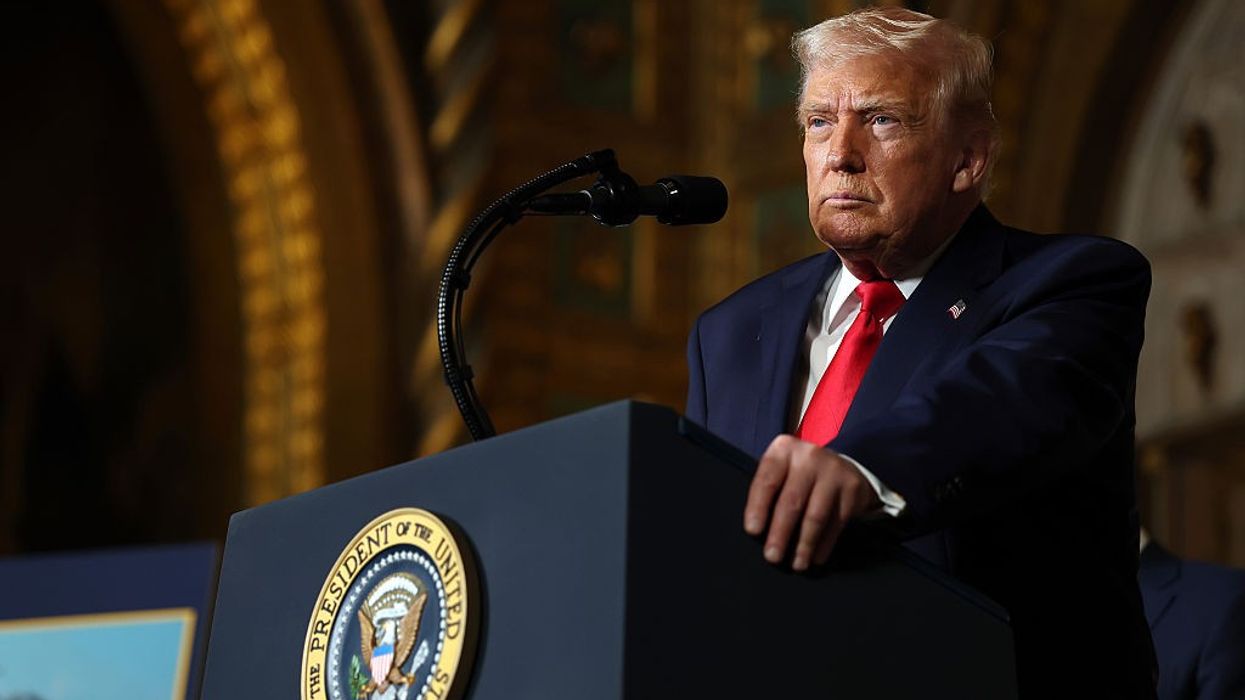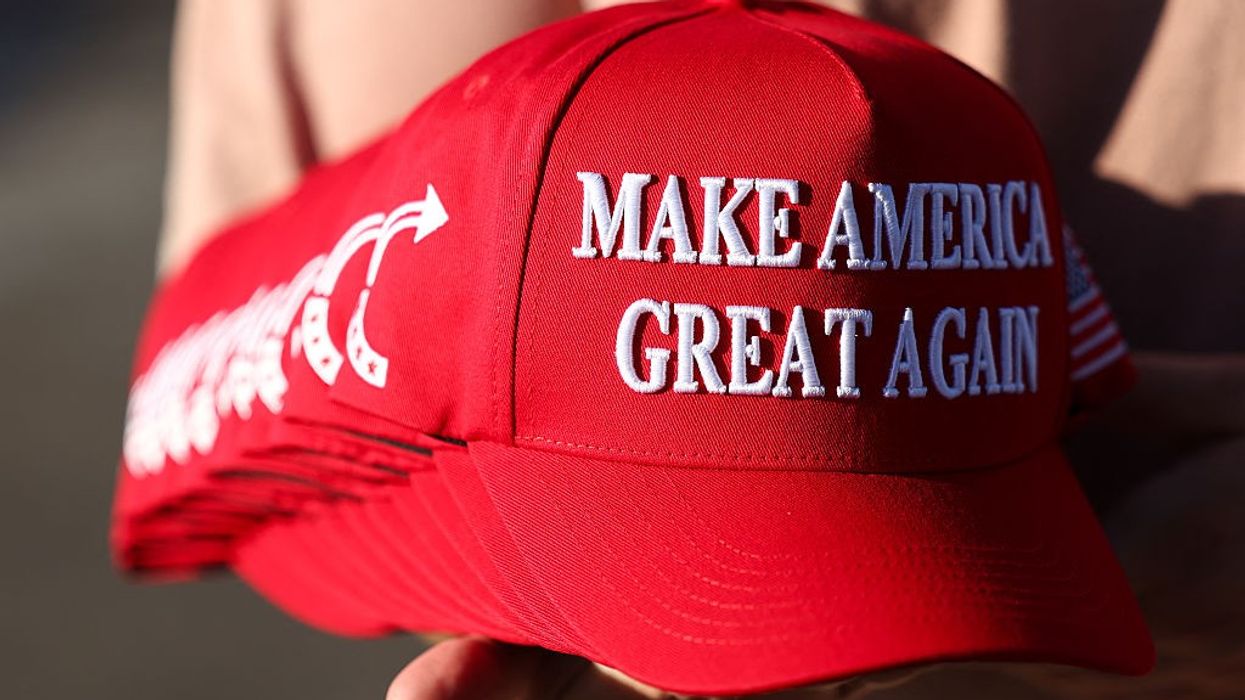Indian American businessman Chandrakant “Lala” Patel is at the center of a massive federal visa fraud scheme that has resulted in the indictment of three current and former Louisiana police chiefs along with two other law enforcement officials. The charges, which spotlight a years-long conspiracy to abuse the federal U-visa program, have sent shockwaves through both the Indian American and law enforcement communities.
Who is Chandrakant “Lala” Patel?
Chandrakant Patel, known locally as “Lala,” is an Oakdale, Louisiana, businessman and Subway franchisee with deep ties in regional business circles. Originally hailing from India, Patel became an established fixture in Oakdale through his Subway outlets and various local investments, often described by acquaintances as personable and savvy.
However, his reputation now faces a profound rupture as federal authorities have identified him as the mastermind of an extensive criminal operation that functioned, in effect, as a black-market visa mill.
The Alleged Scheme: Details and Modus Operandi
Beginning in December 2015 and continuing until July 2025, federal prosecutors allege Patel orchestrated a lucrative and sophisticated scheme exploiting the U-visa: a federal program designed to protect immigrant victims of violent crimes and encourage cooperation with law enforcement. The U-visa, passed as part of the 2000 Victims of Trafficking and Violence Protection Act, was intended to support crime victims willing to assist authorities and prosecute offenders. It also offers a pathway to legal status—and potentially citizenship—for qualifying immigrants and their family members.
However, according to the 62-count federal indictment, Patel and his co-conspirators grossly abused this system. Immigrants seeking U-visas allegedly contacted Patel or others linked to him.
Patel would, in turn, solicit police chiefs and marshals willing to produce false police reports naming these immigrants as victims of armed robbery—a qualifying violent crime under the U-visa program. For these forged documents, immigrants paid a typical price of $5,000 per person, part of which Patel allegedly kicked back to his law enforcement accomplices.
Law Enforcement Collusion: Names and Roles
The operation depended on the complicity of local law enforcement. Those also indicted are:- Chad Doyle, Chief of Police, Oakdale
- Glynn Dixon, Chief of Police, Forest Hill
- Tebo Onishea, former Chief of Police, Glenmora
- Michael “Freck” Slaney, Marshal of Oakdale Ward 5
Doyle and Dixon were arrested at a law enforcement conference in Baton Rouge—a striking turn that underscored the seriousness of the allegations. This marks one of the largest-ever law enforcement indictments linked to visa fraud nationally.
Charges and Potential PenaltiesChandrakant Patel faces the most extensive list of charges:
- Conspiracy to commit visa fraud
- Bribery
- 24 counts of mail fraud
- 8 counts of money laundering
- The law enforcement officials each face:
- Conspiracy
- 6 counts of visa fraud
- 6 counts of mail fraud
- 1 or more counts of money laundering (except Onishea)
How the Fraud Worked
Federal officials described the criminal structure as deliberate and repetitive. Immigrants or connectors—sometimes from far beyond Louisiana—would pay thousands of dollars to Patel. Patel then coordinated directly with the indicted police chiefs and marshals, who issued and signed fake reports of armed robberies. These reports were certified using the federal I-918 Supplement B form, part of the official documentation required for a U-visa application. The scheme is believed to have involved “hundreds” of payments and fraudulent police reports over a decade, according to Acting U.S. Attorney Alexander Van Hook.
The fraudulent reports were then sent via mail to the United States Citizenship and Immigration Services (USCIS), forming part of the paper trail that enabled beneficiaries to remain in the country legally. Each report was key to establishing the applicant as a bona fide crime victim, when in fact, local records indicate that the purported robberies never occurred.Federal prosecutors contend that Patel acted as the fixer and financial middleman, collecting payments from immigrants and negotiating bribes with law enforcement. He is noted as having the most charges and allegedly receiving hundreds of thousands of dollars during the course of the operation. His role as a Subway franchisee and businessman provided both community standing and elaborate cover for these illicit activities. Investigators allege that Patel would sometimes pay as much as $5,000 to other law enforcement agents for supporting the scheme and producing fraudulent documentation.
Investigation and Broader Law Enforcement EffortThe case is being prosecuted as part of Operation Take Back America, a larger federal crackdown on immigration fraud and official corruption, involving the Department of Justice, Department of Homeland Security, FBI, and IRS, among others. Prosecutors emphasized that the case does not reflect widespread corruption within Louisiana police agencies, but targets specific individuals who betrayed their public trust.The Chandrakant Patel visa fraud case pulls back the curtain on one of the most audacious schemes to exploit U.S. immigration law in recent memory. What began as an attempt to help crime victims gain legal status became a profit-driven operation built on systemic deception, official corruption, and the deliberate subversion of federal protections.
As the federal trial proceeds, Patel, the police officials, and their co-conspirators face the prospect of significant prison time and fines—while the broader community reckons with the fallout for both victims and public trust.
